Leopard geckos, with their distinctive spotted patterns and docile nature, have become beloved pets in households worldwide. These small reptiles from the deserts of Asia bring joy to their owners with their unique personalities and relatively easy care requirements. As pet enthusiasts form bonds with these creatures, a fascinating question emerges: do these geckos actually recognize their human caretakers? This question touches on deeper aspects of reptilian cognition, emotional capacity, and the human-animal bond. While mammals like dogs and cats are known for their ability to recognize and form attachments to their owners, reptiles have traditionally been viewed as more instinct-driven and less capable of such recognition. Let’s explore what science and experience tell us about whether leopard geckos can distinguish their owners from strangers and form any meaningful connection.
The Basics of Leopard Gecko Cognition
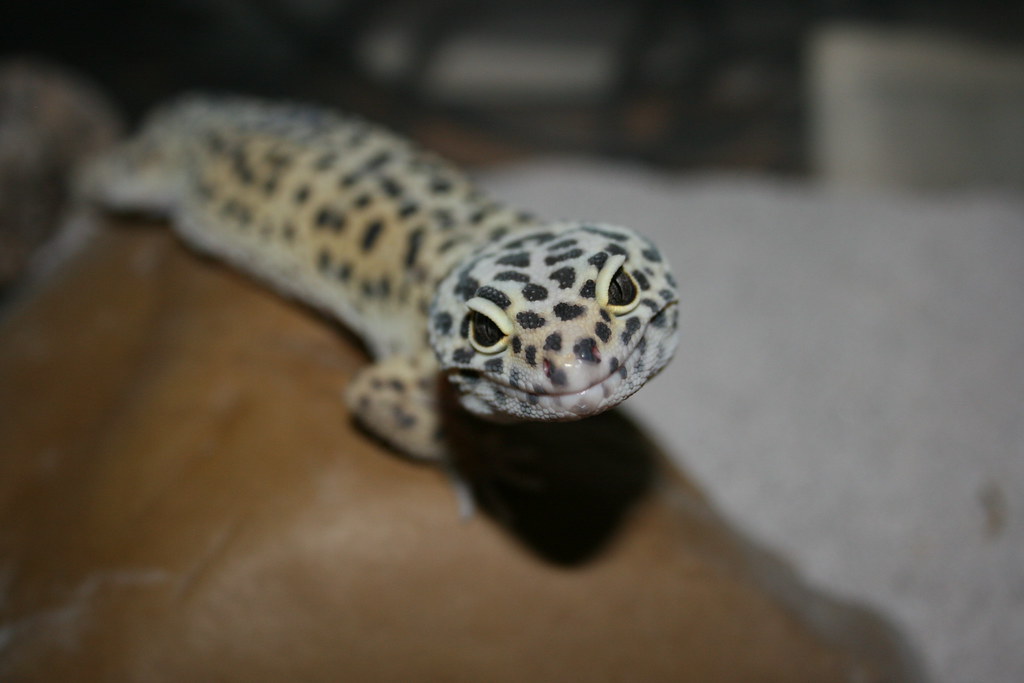
Leopard geckos possess a brain structure that differs significantly from mammals, with a less developed cerebral cortex—the area associated with complex cognition in humans and other mammals. Their brain is primarily focused on processing sensory information and regulating basic biological functions rather than supporting higher-level thinking. Despite these limitations, leopard geckos demonstrate remarkable adaptability and learning capabilities within their cognitive framework. Research has shown that these reptiles can learn through experience, adapting their behaviors based on outcomes of previous interactions. Their cognitive abilities, while different from mammals, are specialized for their ecological niche and survival needs, allowing them to navigate their environment effectively and respond to various stimuli in meaningful ways.
How Leopard Geckos Perceive Their Environment

Leopard geckos rely on a sophisticated array of sensory systems to understand and navigate their surroundings. Vision plays a crucial role in their perception, with specialized adaptations for low-light conditions that align with their crepuscular nature in the wild. Beyond sight, these reptiles possess a highly developed sense of smell, using their tongues to collect scent particles that are then processed by their vomeronasal organ, also known as Jacobson’s organ. This olfactory system allows them to detect prey, potential mates, and possibly even familiar humans. Additionally, leopard geckos have sensitive hearing capabilities and can detect vibrations through their bodies, providing them with a multidimensional understanding of their environment. These combined sensory abilities potentially enable them to distinguish between different people based on various sensory cues like scent, sound patterns, and visual appearance.
The Science of Recognition in Reptiles

Scientific research on reptilian recognition capabilities has grown in recent years, challenging long-held assumptions about their cognitive limitations. Studies have demonstrated that various reptile species, including certain lizards and turtles, can recognize individual conspecifics and even discriminate between familiar and unfamiliar humans. Research published in the journal Animal Cognition found that some reptiles can form mental representations of individuals they encounter regularly. Neurobiological investigations have revealed that reptiles possess brain structures capable of supporting basic recognition and associative learning, though these differ from mammalian equivalents. While specific studies focusing exclusively on leopard gecko recognition are limited, the broader field of reptile cognition provides compelling evidence that these capabilities exist within the reptilian brain. These findings suggest that the traditional view of reptiles as purely instinctual beings may be overly simplistic and fails to acknowledge their more nuanced cognitive abilities.
Behavioral Indications of Recognition

Leopard gecko owners often report behavioral patterns that suggest their pets may recognize them. Many observe that their geckos respond differently to their presence compared to strangers, showing less defensive posturing and more relaxed body language. A common observation is that geckos will emerge from hiding spots when their regular caretaker approaches but remain concealed when unfamiliar people are present. Some leopard geckos appear to anticipate feeding times and become more active when their owner enters the room at regular feeding hours, suggesting associative learning at minimum. More compelling are reports of geckos climbing to the front of their enclosures when familiar people approach or even willingly climbing onto the hands of their regular handlers while avoiding others. While these observations don’t conclusively prove recognition in the way mammals might experience it, they do indicate that leopard geckos can differentiate between familiar and unfamiliar humans and adjust their behavior accordingly.
The Role of Scent in Recognition
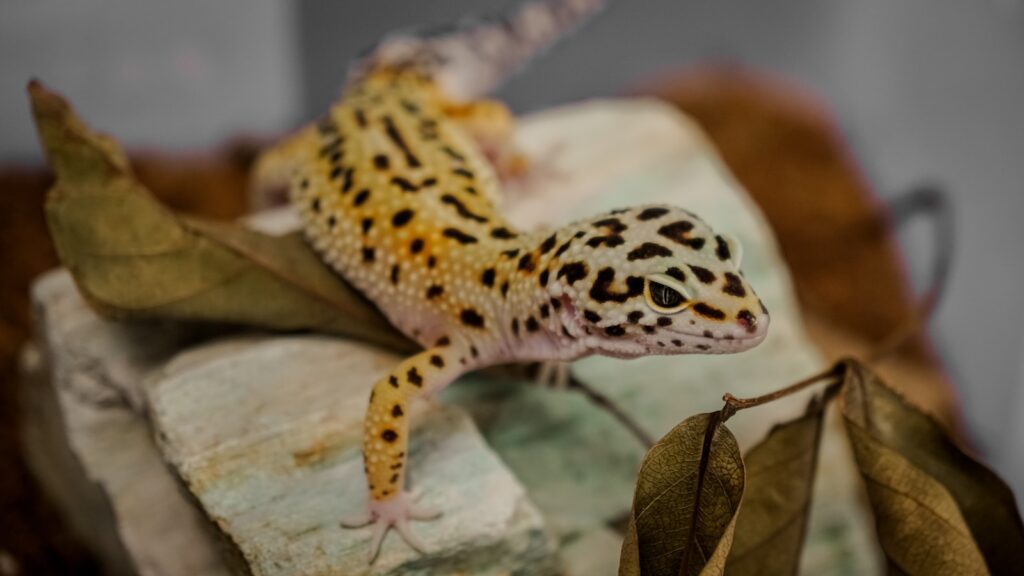
Scent recognition likely plays a dominant role in how leopard geckos identify individuals, including their human caretakers. Each person carries a unique olfactory signature created by their personal microbiome, diet, hormones, and even the products they use. Leopard geckos process these complex scent profiles through their sophisticated vomeronasal system, potentially creating a “scent map” of familiar individuals. Experienced reptile keepers have noted that wearing strong perfumes or handling other animals before interacting with their geckos can sometimes result in temporarily altered recognition behaviors. This sensitivity to scent changes supports the theory that olfactory cues are central to how these reptiles recognize their owners. In captive environments where visual and auditory stimuli may be more limited, scent likely becomes even more important as a reliable identifier, allowing geckos to distinguish between the person who regularly feeds and handles them versus unfamiliar individuals.
Association Learning and Conditioning
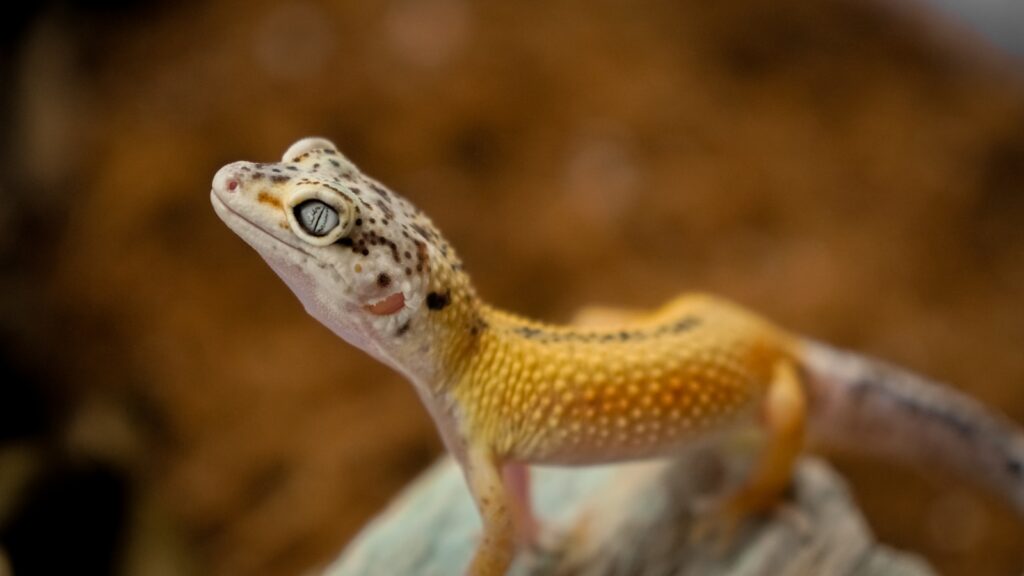
Leopard geckos demonstrate remarkable abilities in associative learning, which may appear similar to recognition but operates through different cognitive mechanisms. Through consistent interaction patterns, geckos form associations between their owners and positive experiences like feeding, gentle handling, or other rewards. This classical conditioning process creates behavioral responses that can be mistaken for emotional recognition but are fundamentally based on learned associations. For example, a gecko may associate its owner’s specific movements, sounds, or scent with the imminent arrival of food, creating an anticipatory response specific to that person. Research in reptile cognition has confirmed that leopard geckos can maintain these learned associations over extended periods, showing that their memory capabilities exceed what was previously believed possible. These conditioning processes explain why geckos may approach their regular caretakers while remaining cautious around strangers, even when the strangers attempt to offer the same positive experiences.
Trust vs. Recognition: Understanding the Difference
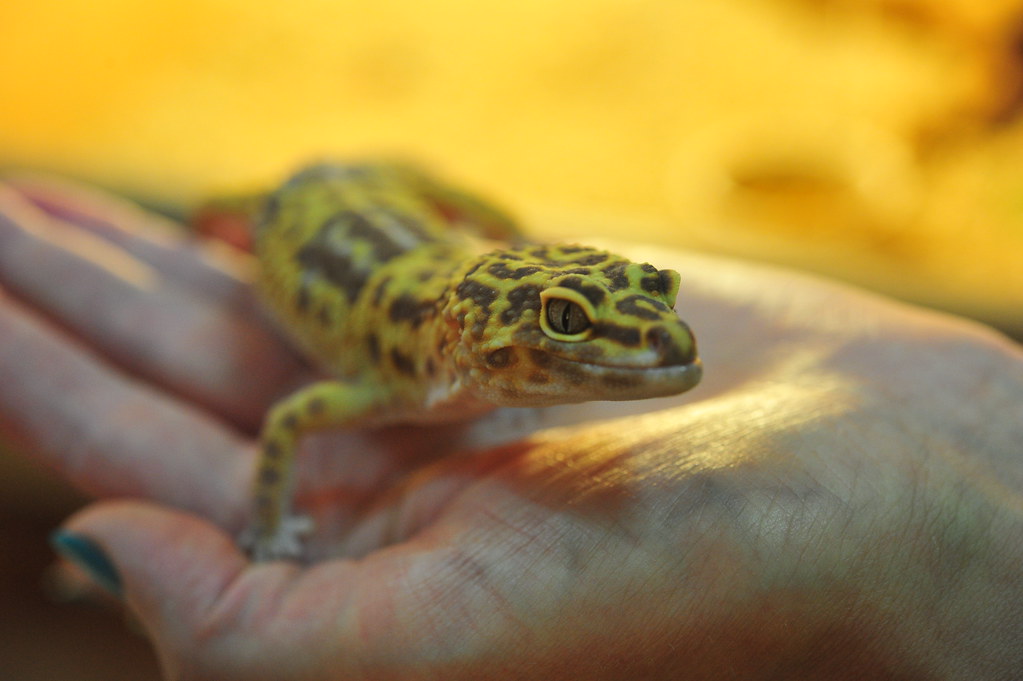
When discussing leopard geckos’ relationships with their owners, it’s crucial to distinguish between trust and recognition, as these represent different aspects of animal behavior. Trust in reptiles manifests as a reduction in defensive behaviors and increased willingness to engage in vulnerable activities like eating or resting in the open when a particular human is present. This trust development occurs gradually through consistent, positive interactions that don’t trigger the gecko’s stress responses. Recognition, meanwhile, specifically refers to the ability to identify an individual as distinct from others, which may or may not include an emotional component. A leopard gecko might recognize its owner through various sensory cues while not necessarily forming what humans would consider an emotional bond. Many reptile behaviorists suggest that what owners often interpret as affection may more accurately represent a combination of recognition and learned trust—the gecko has learned through experience that this specific human represents safety rather than threat, distinguishable from unknown humans who haven’t yet proven themselves non-threatening.
Building a Relationship With Your Leopard Gecko
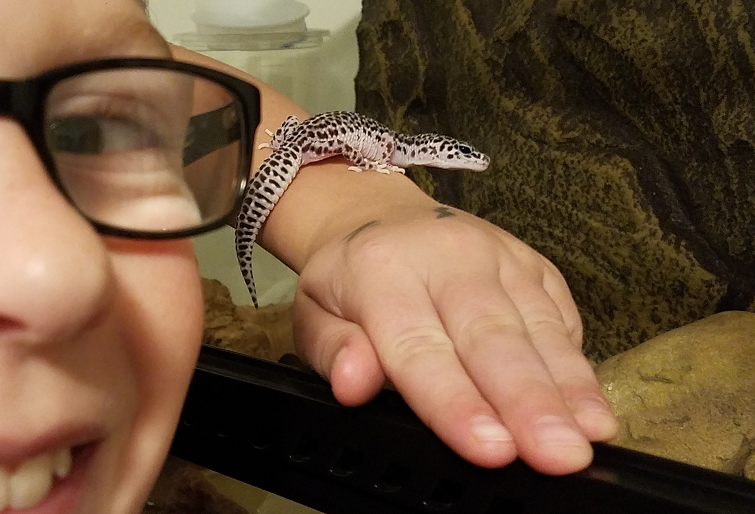
Developing a positive relationship with your leopard gecko requires patience, consistency, and respect for their natural behaviors. Establishing a regular handling routine helps your gecko become accustomed to your scent and touch, though sessions should initially be brief to avoid stress. Feeding by hand (using tongs for safety) creates positive associations with your presence and helps your gecko connect you with pleasant experiences. Respecting your gecko’s body language is crucial—if they show signs of stress such as rapid breathing, tail waving, or attempting to flee, immediately return them to their enclosure and try again later. Many experienced owners find that simply spending quiet time near the enclosure, allowing the gecko to observe you without pressure to interact, builds comfort and familiarity over time. Remember that individual temperaments vary significantly among leopard geckos; some naturally become more interactive while others remain more reserved, regardless of socialization efforts.
Signs That Your Leopard Gecko Recognizes You
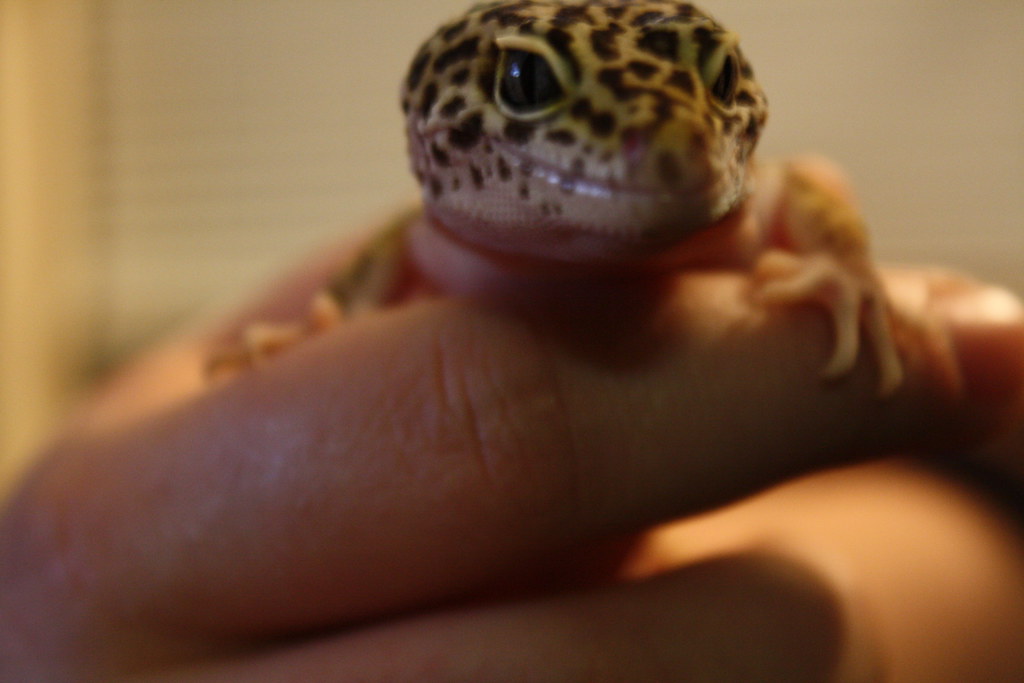
While definitive proof of recognition remains elusive, several behavioral indicators suggest your leopard gecko may indeed recognize you as an individual. Perhaps the most telling sign is differential behavior—responding calmly to your presence while showing wariness around strangers or unfamiliar household members. Consistent approach behaviors, such as moving toward you when you enter the room or climbing to the front of the enclosure, particularly when this behavior isn’t exhibited for others, strongly suggests recognition. Some owners report their geckos displaying reduced defensive postures like tail waving or rapid breathing when handled by them compared to unfamiliar handlers. Particularly compelling are cases where geckos willingly climb onto their owners’ hands or arms without food motivation, while avoiding similar contact with strangers. These behavioral patterns, especially when observed consistently over time, provide persuasive evidence that leopard geckos possess at least some capacity to distinguish their primary caretakers from other humans.
Myths About Leopard Gecko Recognition
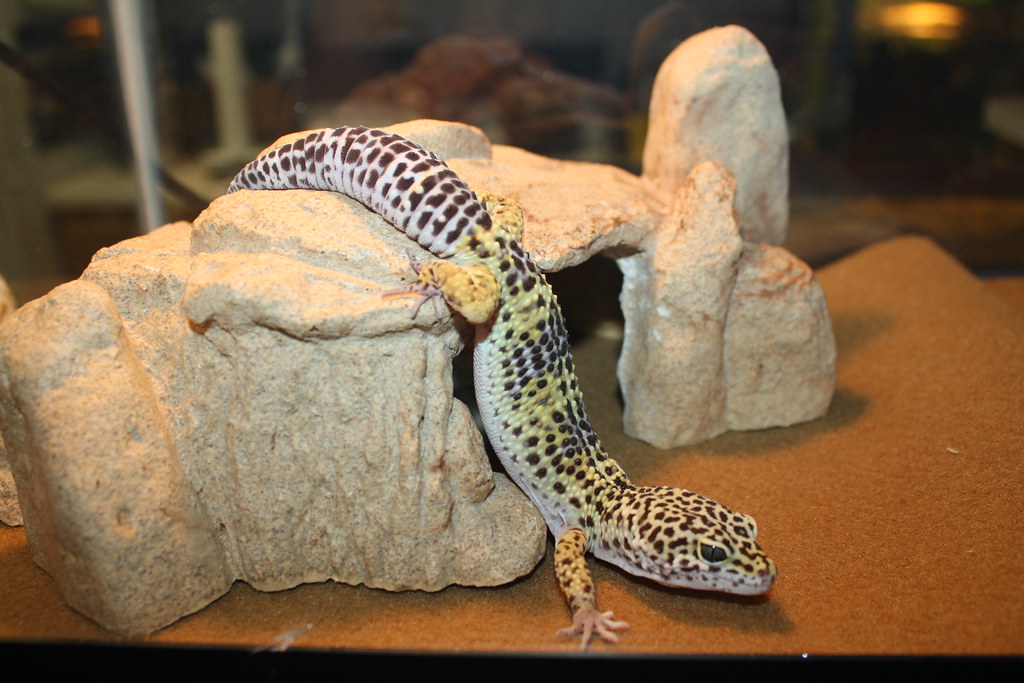
The world of reptile keeping contains several persistent myths about leopard gecko recognition that warrant clarification. One common misconception is that geckos who climb to the front of their enclosures are expressing affection, when this behavior is more likely food anticipation or territorial display. Another myth suggests that leopard geckos who “smile” (a natural mouth shape) are expressing happiness toward their owners, though this anthropomorphic interpretation misrepresents their actual physiology. Some owners incorrectly believe their geckos recognize them primarily by sight, underestimating the critical importance of scent in reptilian recognition. Perhaps most pervasive is the binary thinking that geckos either possess mammal-like recognition capabilities or none at all, when the reality involves a different but equally valid form of recognition based on their unique sensory and cognitive systems. Understanding these misconceptions helps owners develop realistic expectations about their relationship with their reptilian companions.
Comparison to Other Reptile Species
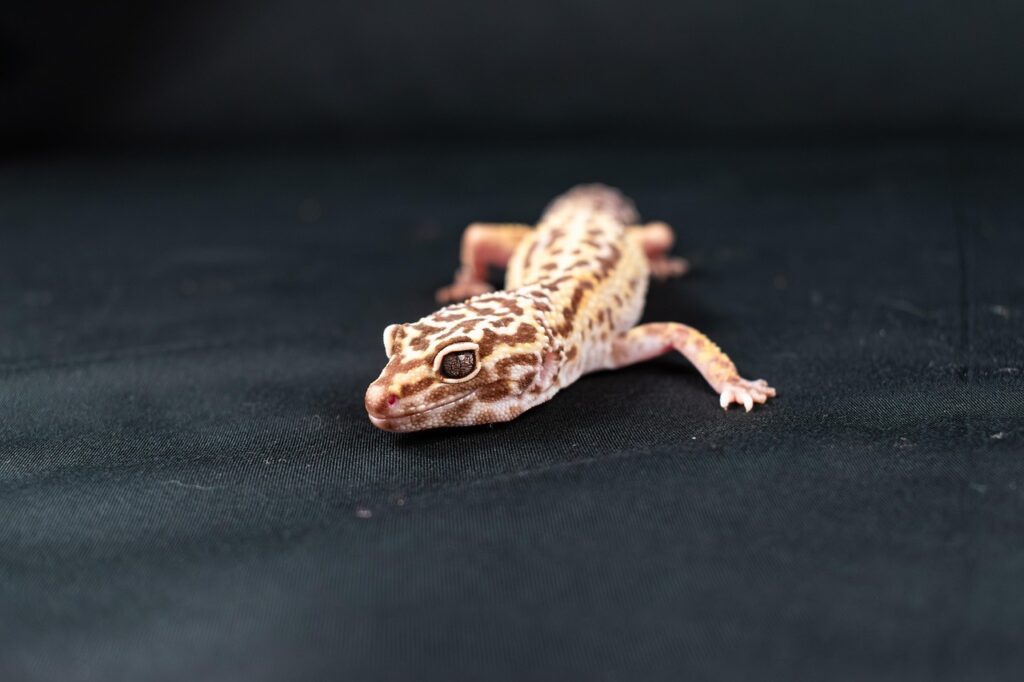
When examining recognition capabilities, leopard geckos sit within a spectrum of reptilian cognitive abilities that varies significantly across species. Larger lizards like bearded dragons and tegus demonstrate more advanced recognition behaviors, with some individuals appearing to seek out interaction with specific humans even without food rewards. Research with certain tortoise species has documented surprising abilities to distinguish between familiar keepers and strangers, maintaining these distinctions over years. In contrast, some snake species show less obvious signs of individual human recognition, though they may still distinguish between threatening and non-threatening human interactions. Compared to these examples, leopard geckos appear to occupy a middle ground—showing clearer recognition capabilities than many snake species but perhaps less pronounced than those observed in larger lizard species. This variation likely reflects differences in evolutionary history, social structures in the wild, and brain development across reptile families, with leopard geckos evolving cognitive capabilities suited to their particular ecological niche.
The Evolution of Human-Reptile Relationships
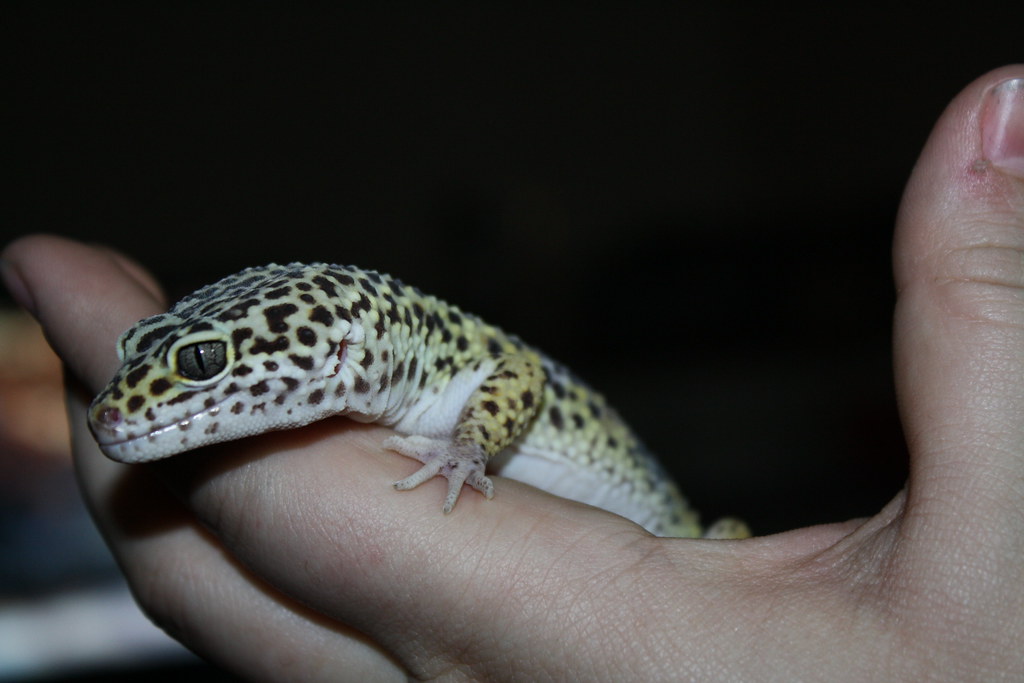
The relationship between humans and reptiles has undergone a fascinating evolution throughout history, shifting from fear and misunderstanding to appreciation and companionship. Ancient cultures often viewed reptiles symbolically—as divine messengers or demonic entities—rarely considering their cognitive capabilities. The scientific revolution brought systematic study but reinforced views of reptiles as “primitive” creatures driven purely by instinct. Only in recent decades have advances in cognitive ethology and neuroscience begun challenging these long-held assumptions about reptilian mental capabilities. Modern reptile keeping has transformed from simply housing specimens to developing enriching environments that support natural behaviors and cognitive development. This shift in perspective has allowed for more nuanced understanding of human-reptile relationships, including the recognition capabilities of species like leopard geckos. As research continues and more people share their homes with reptilian companions, our understanding of these ancient creatures’ cognitive and social capabilities continues to expand, suggesting that the connection between humans and reptiles may be more complex and meaningful than previously recognized.
Conclusion: What the Evidence Tells Us
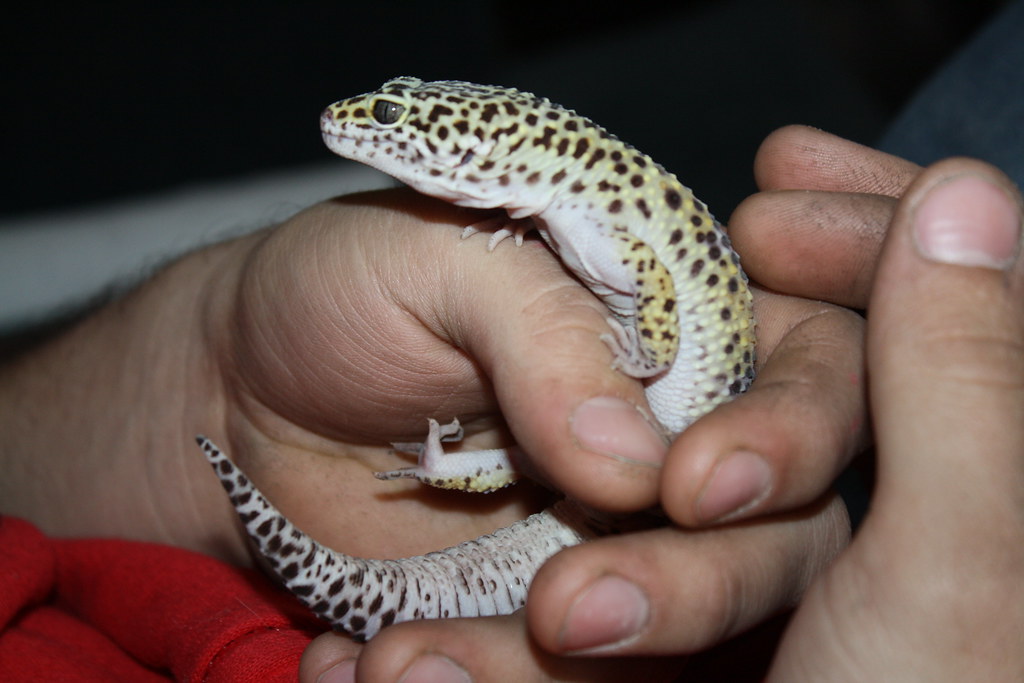
The question of whether leopard geckos recognize their owners doesn’t have a simple yes or no answer, but the cumulative evidence suggests they do possess some form of recognition capability. Through a combination of scent discrimination, associative learning, and possibly visual recognition, these small reptiles can distinguish between familiar and unfamiliar humans. While their recognition doesn’t manifest in the same ways as mammalian pets, the consistent behavioral differences they display toward their regular caretakers indicate a legitimate form of recognition suited to their evolutionary background and neural architecture. What we can state with confidence is that leopard geckos are capable of far more complex cognition than traditionally attributed to reptiles. The relationship between these geckos and their human caretakers represents a unique cross-species connection—one built on consistent interaction, trust development, and mutual adaptation. For owners who approach this relationship with patience and respect for the leopard gecko’s nature, a genuine bond can develop, even if it differs from our relationships with mammals. This understanding enriches the experience of keeping these fascinating creatures and deepens our appreciation for the diverse ways in which animals perceive and interact with humans.










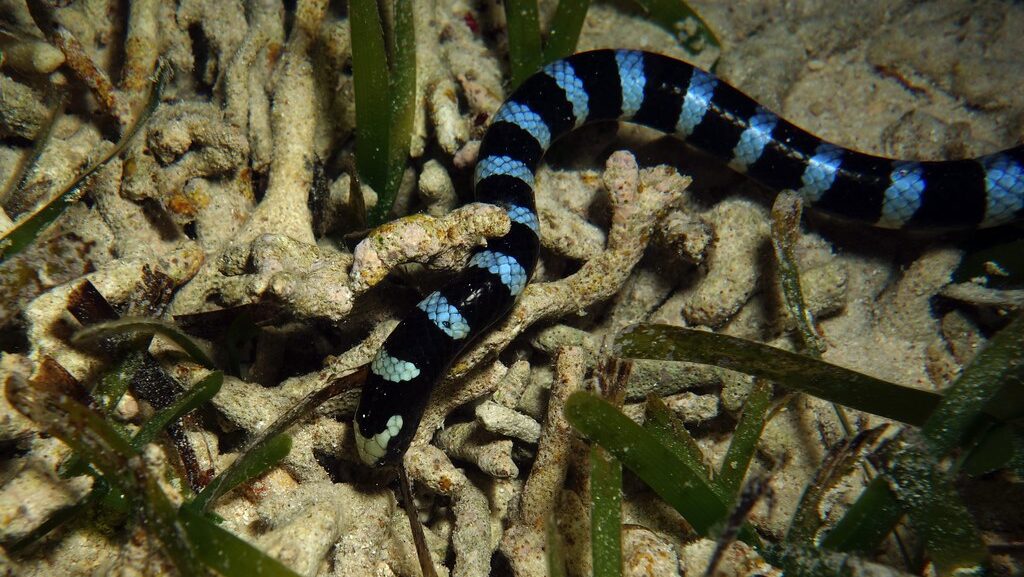



Leave a Reply